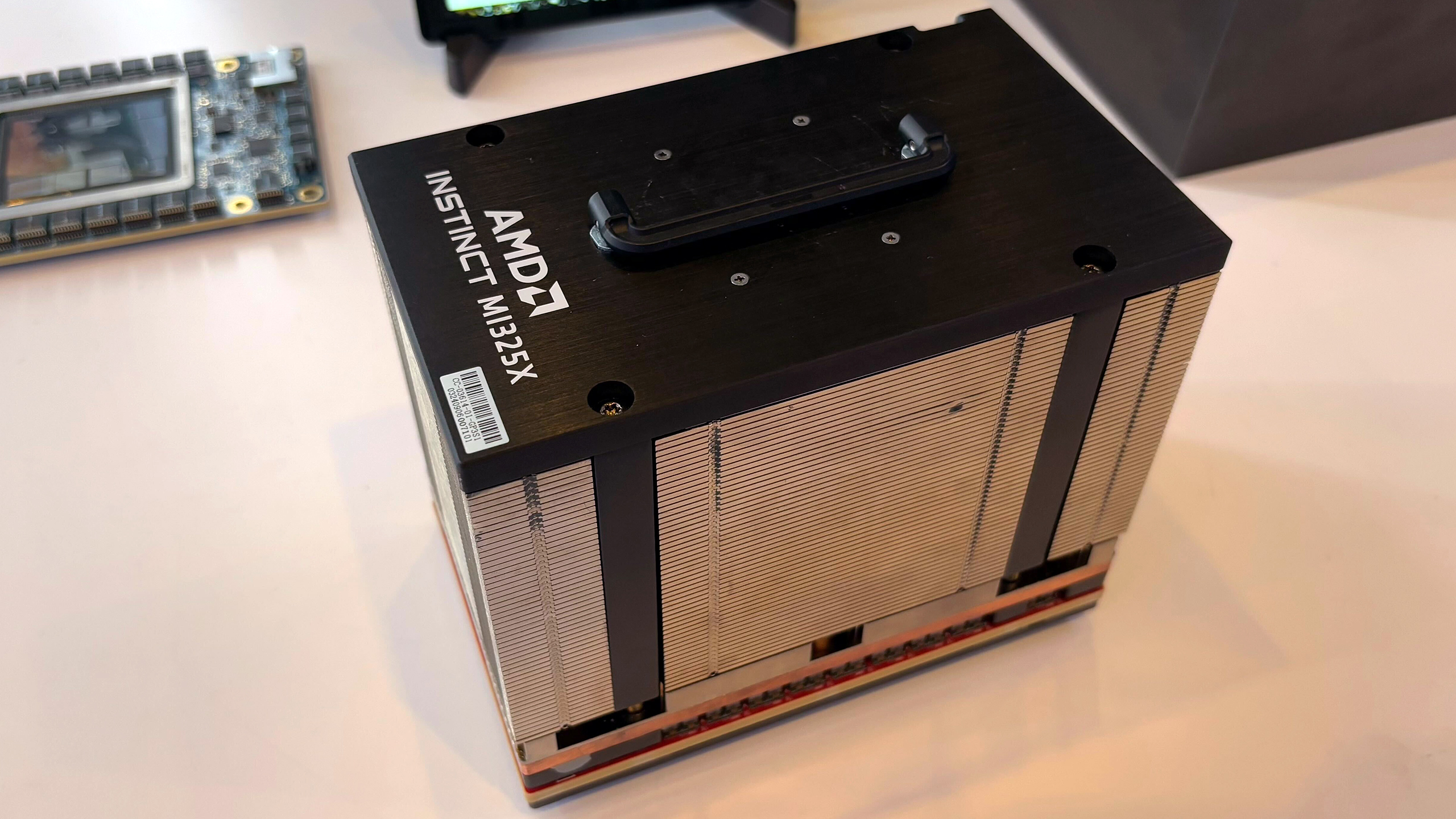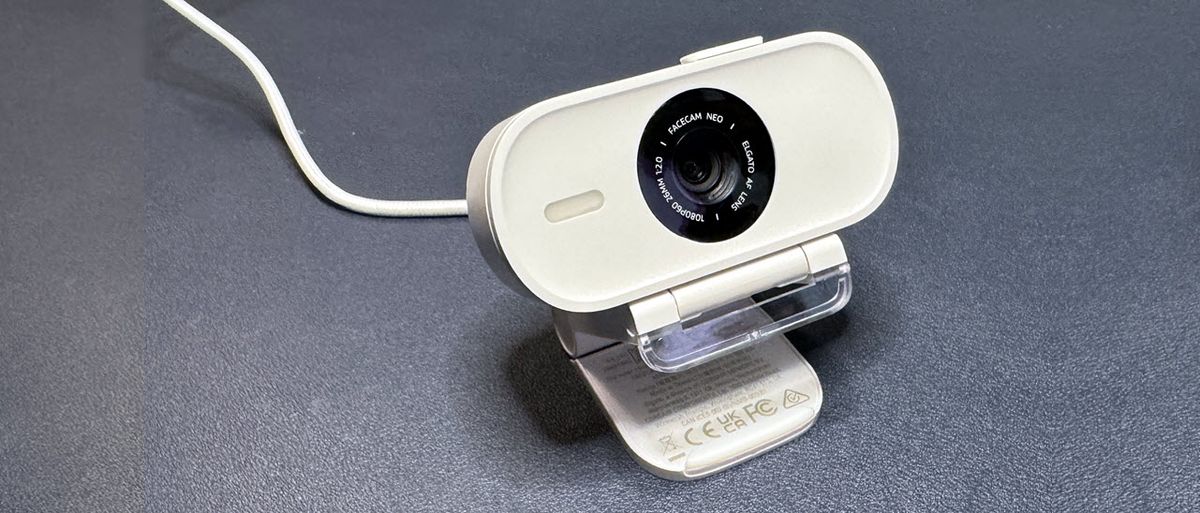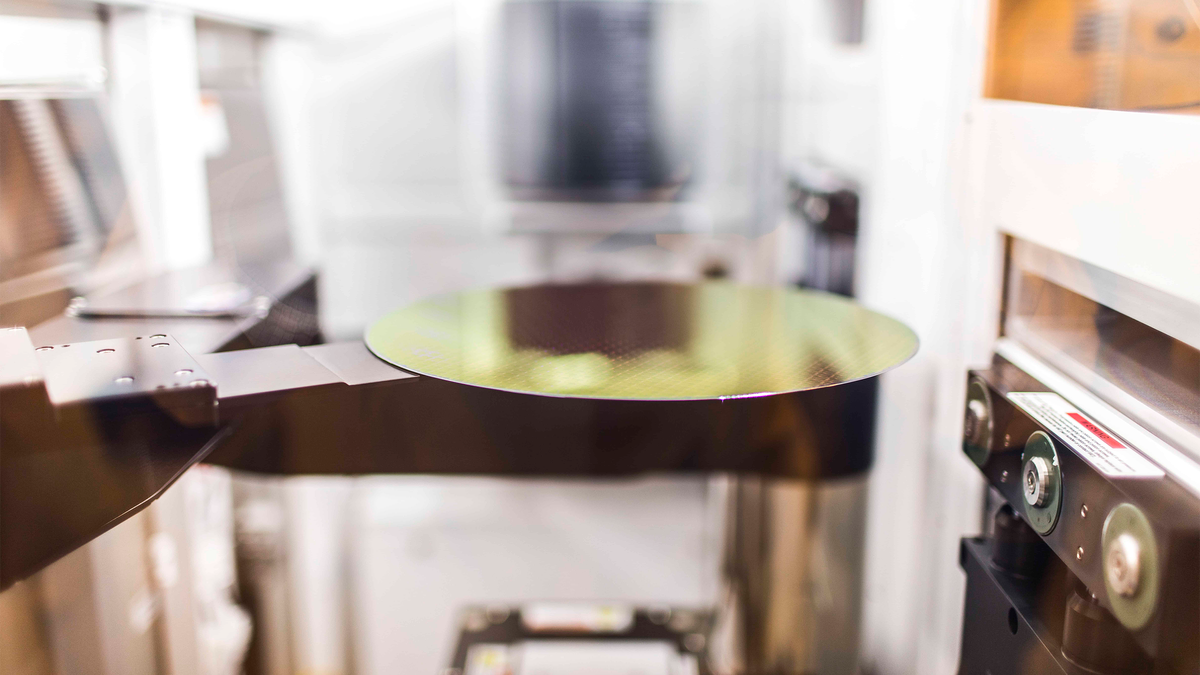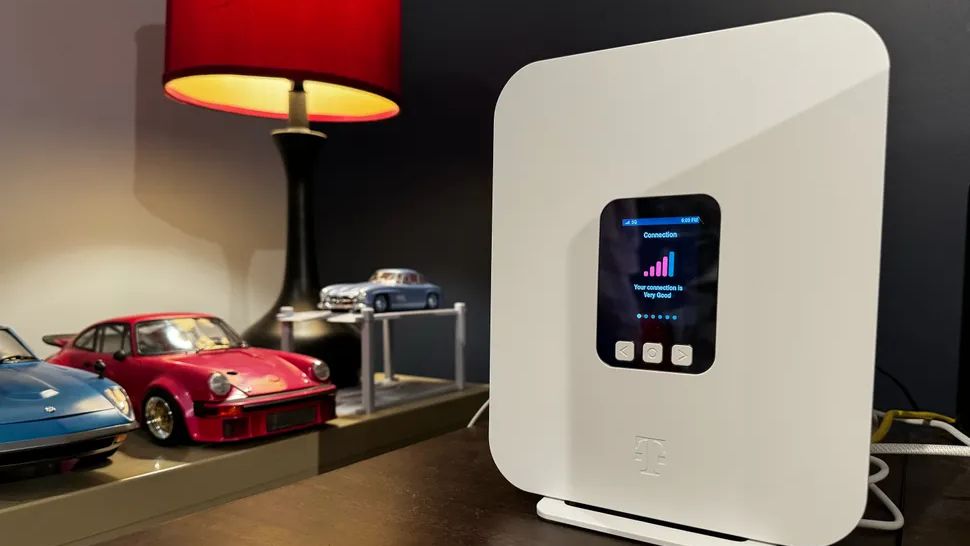AMD's Instinct MI325X accelerator was supposed to compete with Nvidia's H200, but its limited scalability and delays with volume shipments greatly limit its commercial success, according to analysts from SemiAnalysis. One key reason for low interest in the Instinct MI325X is that it does not support rack-scale configurations, and another is the approaching launch of a more competitive Instinct MI355X.
AMD began to ship its Instinct MI355X accelerator for AI workloads in Q2 2020, three quarters after Nvidia initiated shipments of its H200 processors and in time with Nvidia's B200 'Blackwell' GPUs. So far, customers have largely favored Blackwell due to significantly better performance-per-dollar, and it does not look like the situation is going to get considerably better for the MI325X, according to SemiAnalysis.
EXCLUSIVE: There has been a ❗️lack of interest 🤯 from customers in purchasing AMD MI325X as we’ve been saying for a year.Below we explain why! 🧵👇1/7 pic.twitter.com/ep4y2fuV0VMay 12, 2025
First up, the maximum scale-up world size of AMD's Instinct MI325X and Instinct MI355X— the maximum number of GPUs that can be interconnected within a single system or tightly coupled cluster, enabling efficient communication and parallel processing for large-scale AI and HPC workloads — is eight GPUs. By contrast, Nvidia's B200 can scale to 72 GPUs in a cluster interconnected using NVLink.
To build AMD-based clusters with more than eight GPUs, one needs to move from scale-up to scale-out architecture and interconnect clusters using a networking technology, such as Ethernet or Infiniband, which reduces scalability.
Secondly, AMD's Instinct MI325X slow adoption was reportedly due to its high power consumption (1000W), lack of significant performance uplift from MI300, and requirement for a new chassis, offering no easy upgrade path from existing platforms.
Microsoft reportedly expressed disappointment with AMD's GPUs as early as 2024 and placed no follow-on orders, though Oracle and a few others have shown some renewed interest due to AMD's price cuts. Looking forward, AMD's Instinct MI355X may gain some traction if priced aggressively and supported by strong software, but it remains non-competitive against Nvidia's rack-scale GB200 NVL72, which supports up to 72 GPUs.
The MI355X may still find niche success in non-rack-scale deployments, assuming it has a competitive total cost of ownership (TCO) and mature software (good thing, it is reportedly improving), according to SemiAnalysis.
Follow Tom's Hardware on Google News to get our up-to-date news, analysis, and reviews in your feeds. Make sure to click the Follow button.

 5 months ago
98
5 months ago
98








 English (US) ·
English (US) ·